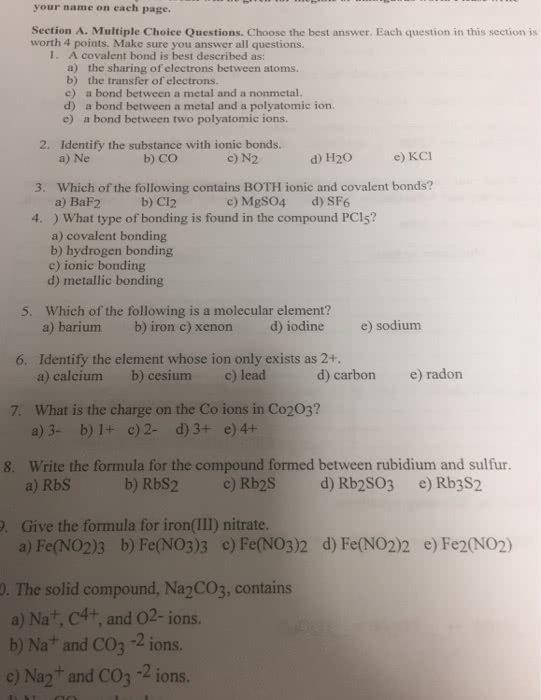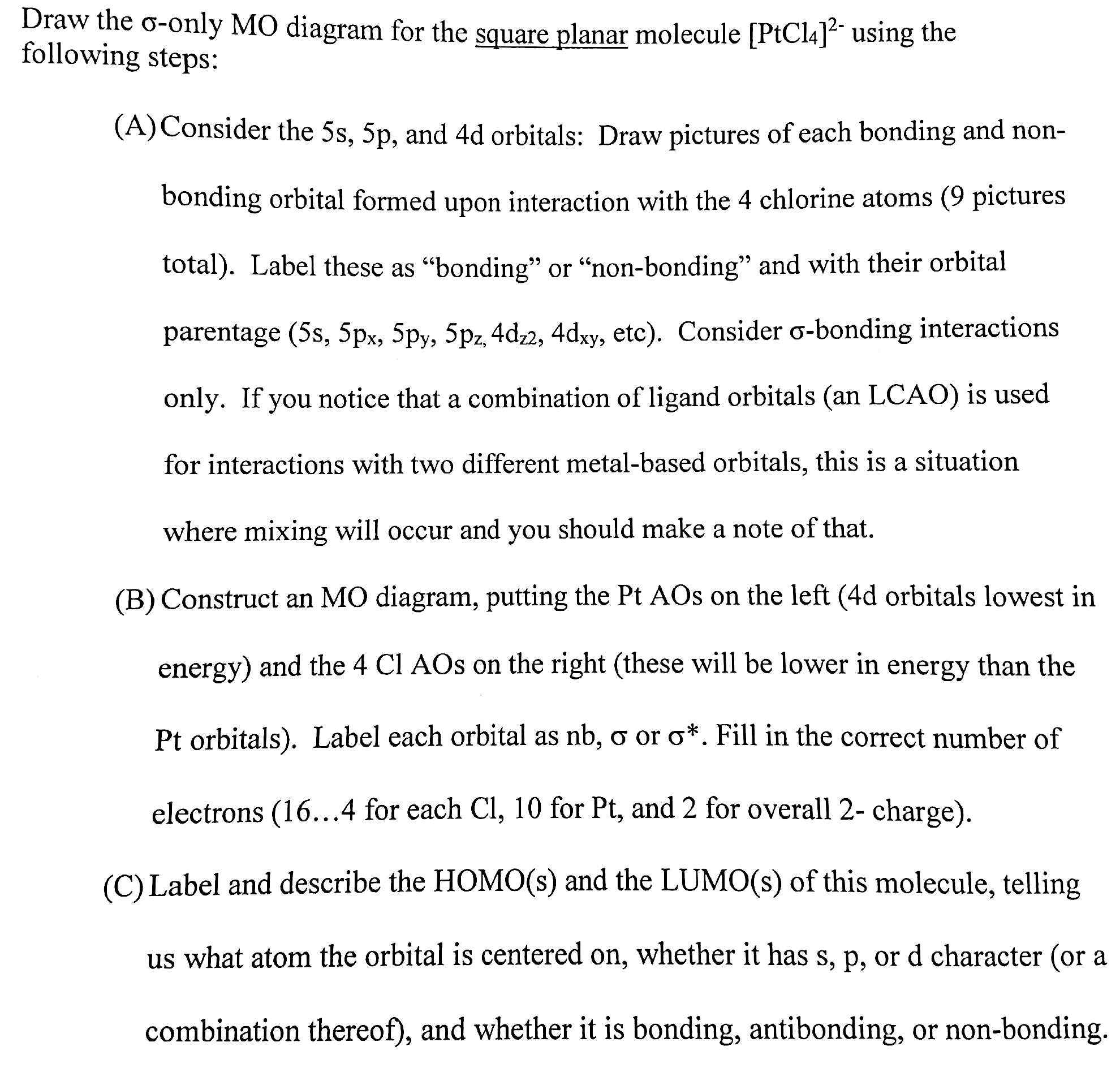CAS CH 102 Study Guide - Final Guide: Fractional Distillation, Covalent Bond, Nonmetal
95 views5 pages
28 Mar 2014
School
Department
Course
Professor
Document Summary
This occurs in metals and is when electrons are given out from the metal atoms to make a sea of free electrons in between all of the metal atoms. These free electrons hold the metal as a mass together. This is known as being a giant structure. The free electrons present make it possible for electricity to be transferred easily because the charge is carried by them. Because the metal atoms have lost electrons, they have a positive charge. This occurs typically between a metal and a non-metal (from groups 1 + 2 and 6 + 7 on the periodic table). The metal atom loses electrons which are taken by the non- metal. Therefore, the metal ion produced has a positive charge and the non-metal ion is negatively charged. Sodium (metal - group 1) + chlorine (non-metal - group 7) ----> sodium. In the example below, the sodium atom has lost an electron to form a positive ion.
Get access
Grade+20% off
$8 USD/m$10 USD/m
Billed $96 USD annually

Homework Help
Study Guides
Textbook Solutions
Class Notes
Textbook Notes
Booster Class
40 Verified Answers


